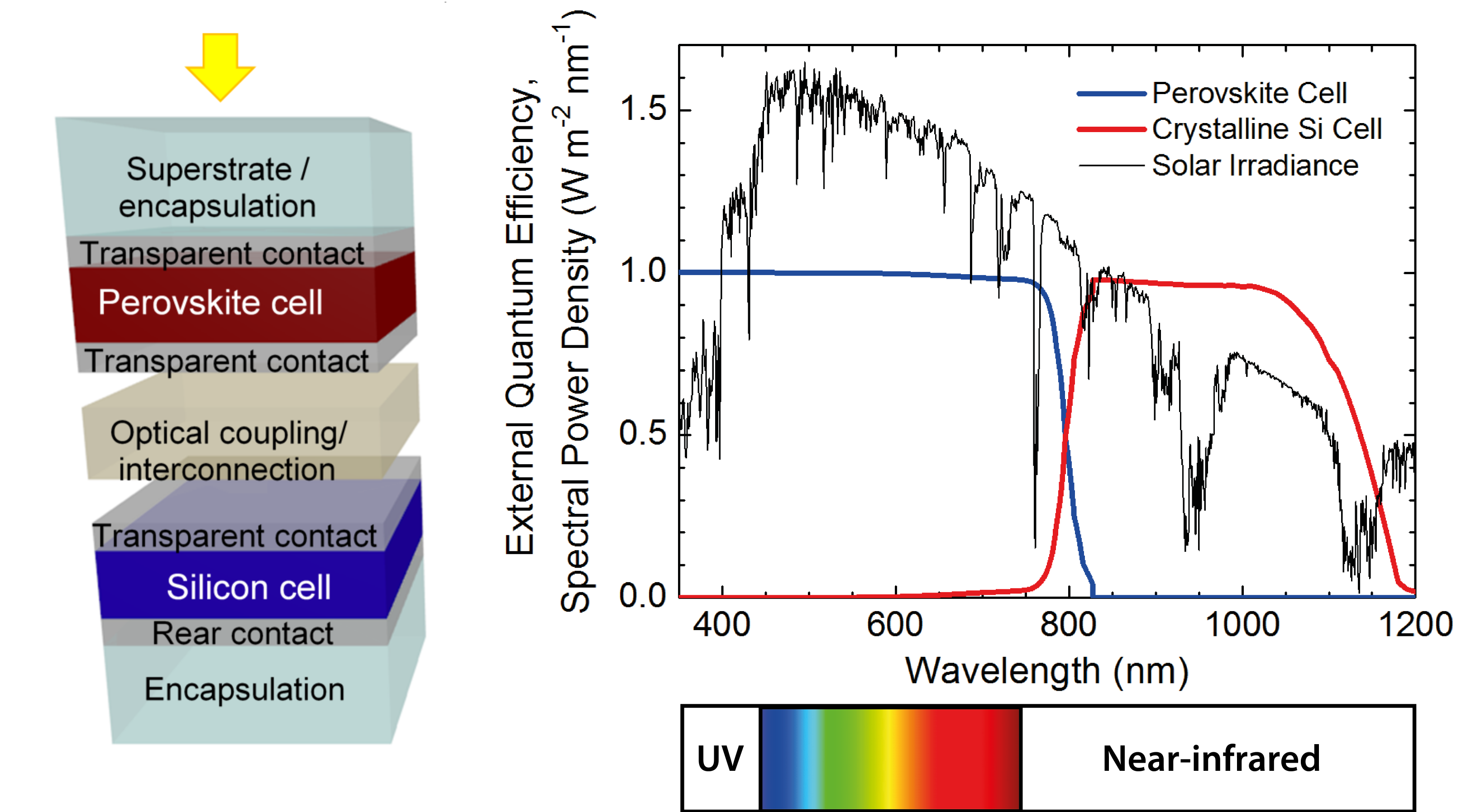
In the last two decades, there were many attempts to enhance the photocatalytic behaviour of wide-bandgap photocatalysts (e.g. Nevertheless, the relatively wide bandgap energy (3.20 eV for Anatase) and fast e–h recombination rate hinder the industrial applications of bare TiO 2 photocatalysts this focused the light on the crucial need for finding affordable, robust, effective, and innovative visible-light-active photocatalysts 5, 13, 14. Amongst various photocatalysts, TiO 2 nanoparticles can be considered the most frequently employed semiconductors because of their availability, low cost, non-toxicity, outstanding photocatalytic activity, and long durability 7, 8, 9, 10, 11, 12. Visible-light-driven semiconductor-based photocatalysis has become one of the most successful green strategies for the effective harvesting and utilization of incident solar irradiation to catalyze the chemical process by converting the eternally accessible solar energy to valuable chemical energy to be applied in crucial purposes such as wastewater treatment, hydrogen production, ammonia production, solar cells, and carbon dioxide reduction 1, 2, 3, 4, 5, 6. Finally, this work opens the door for various studies for the investigation of the proposed structures or similar structures in various photocatalytic/biomedical applications. Finally, the effect of the scavengers was investigated and \(\) was proposed to be the most reactive species and the mechanism of the enhancement was suggested based on the electron injection from the QAD’s HOMO level to the TiO 2’s CB. The parameters affecting the photodegradation process were optimized and the sample displayed outstanding stability after 4 consecutive cycles. Besides, the QAD/TiO 2 sample achieved a 3-fold enhancement in the observed rate constant of the photodegradation of Rhodamine B dye compared to the bare TiO 2. The anchoring of QAD molecules on the surface of TiO 2 caused a substantial improvement in the optical characteristics of TiO 2 as well as overcoming its common drawbacks by decreasing its bandgap energy to 2.6 eV, a remarkable reduction of PL intensity indicating reducing the e–h recombination and enhancing the charge separation, and creation of efficient visible light-harvesting antenna in the range of 400–600 nm. The physicochemical characterizations confirmed the successful synthesis of QAD, TiO 2, and QAD/TiO 2 samples with the proposed structures. Hence, in this work, we are proposing the design and synthesis of novel structures of QAD molecule as a dye photosensitizer with extended visible light absorptivity due to the extended π–π/n–π conjugations, to promote the performance of TiO 2 nanoparticles to the visible-light region and enhance the charge separation. To maximize the efficient utilization of solar radiation, it is of pivotal significance to explore novel organic molecules to be employed as efficient dye sensitizers for wide-bandgap semiconductors to extend their performance to the Visible-light region.

Semiconductor-assisted photocatalysis is considered a green, efficient, and sustainable technology for wastewater treatment. Organic textile dyes are one of the common organic water pollutants that are presentient to degradation by traditional physical methods. Water pollution is one of the global threats severely affecting our planet and human health.


 0 kommentar(er)
0 kommentar(er)
